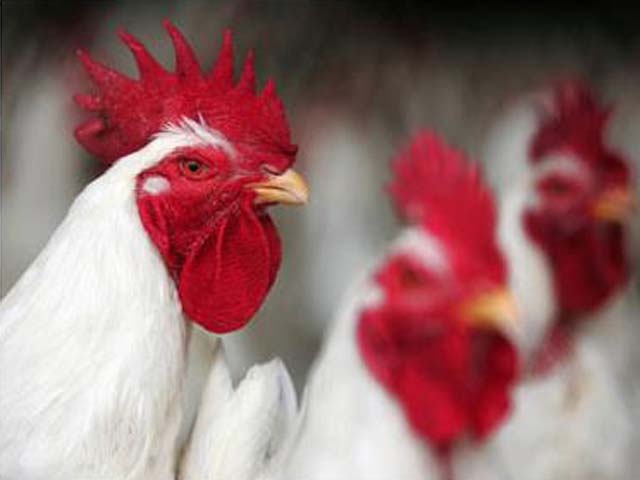As egg prices soar due to a widespread bird flu outbreak, many Americans have turned to raising chickens at home to ensure a steady supply of eggs.
In January, prices rose by more than 15% from the previous month — marking the largest increase since 2015 — and have jumped 55% compared to the same time last year, according to a report by the US Bureau of Labor Statistics.
This sharp rise in egg prices has contributed to the highest inflation rate in the country since August 2023, prompting many Americans to find their own solution by raising chickens at home.
A surge in poultry sales has been reported, particularly in Houston, where a local supplier has seen a significant increase in demand. John Berry, who runs a livestock company told AFP, “Our sales for poultry have doubled or maybe tripled. I mean we’re selling 100 chickens a week or more.” Before the shortage, it would have taken two to three weeks to sell that many.
The bird flu outbreak, which has affected poultry farms across the country, has led to the culling of more than 21 million egg-laying hens in 2024. The loss of so many hens has directly impacted the availability of eggs, which are now a precious commodity. Premium eggs in US supermarkets now cost as much as $10 per dozen, while even lower-grade eggs have doubled in price from their usual $2-$3 range.
This surge in egg prices has affected businesses as well. Popular grocery chains such as Trader Joe’s and Costco have started limiting egg purchases, while Waffle House has added a 50-cent surcharge to each egg in its dishes.
To combat the shortage and high prices, many Americans are turning to raising their own chickens. Arturo Becerra, who recently bought 10 hens for $400, said, “Now I have some place to put them, and besides, eggs are very expensive. I think it will be cheaper to buy hens and raise them.”
Berry has noticed that most of his customers are newcomers to chicken farming. “People are realising that raising chickens at home might be a good way to get fresh eggs without paying high prices at the store,” he said.
However, experts warn that replenishing the egg-laying hens lost to the bird flu will take time. “You have to have had anticipated this and raised a thousand extra chickens or a million extra chickens,” said Berry.
The replenishment of flocks is expected to take months, and with demand for eggs still high, consumers may need to continue their self-production efforts until supply catches up.
The US Centers for Disease Control and Prevention (CDC) has issued guidelines for those raising chickens, reminding them that while the risk to the general public from avian flu remains low, people with direct contact with infected animals are at higher risk.
As the egg shortage persists and prices remain elevated, more Americans may follow Becerra’s example of raising chickens at home to secure a steady supply of eggs.
- Desk Reporthttps://foresightmags.com/author/admin/











